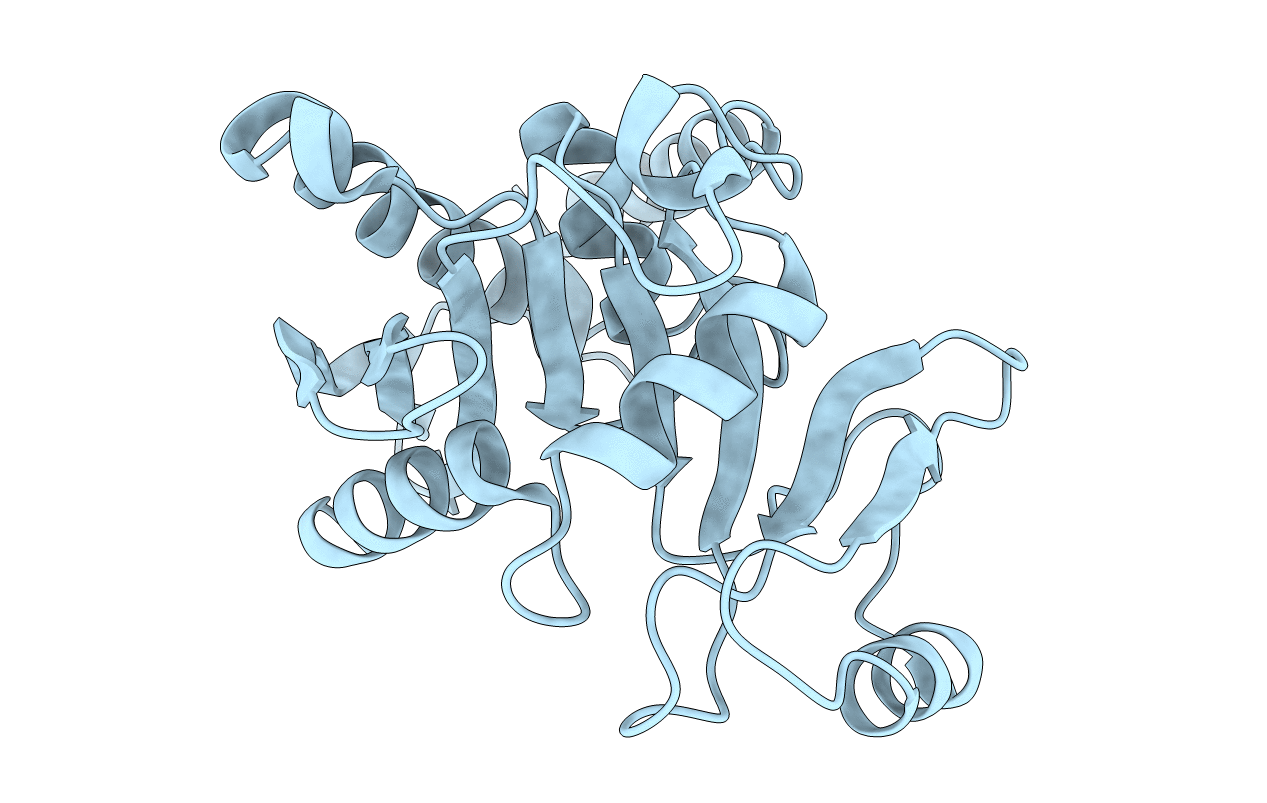
Deposition Date
2015-09-14
Release Date
2016-05-04
Last Version Date
2024-01-10
Method Details:
Experimental Method:
Resolution:
1.75 Å
R-Value Free:
0.19
R-Value Work:
0.16
R-Value Observed:
0.16
Space Group:
C 2 2 21


